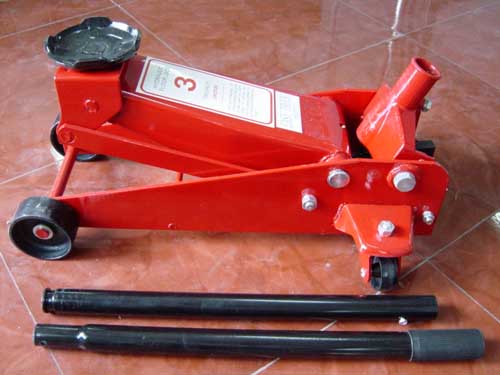A variable is a quantity that can vary in value.
Manipulated variable is a variable that is set or fixed before and experiment is carried out. it is usually plotted on x- axis.
Responding variable is a variable that changes according to and dependent to manipulated variable. it is usually plotted on y-axis.
Fixed variable is fixed and unchanged throughout the experiment.
Inference: state the relationship between two VISIBLE QUANTITIES in a diagram or picture.
Hypothesis: state the relation ship between two MEASURABLE VARIABLES that can be investigated in a lab.
How to tabulate data?
-the name or the symbols of the variables must be labelled with respective units.
-all measurements must be consistent with the sensitivity of the instruments used.
-all the calculated values must be correct.
-all the values must be consistent to the same number of decimal places.
A graph is cosidered well-plotted if it contains the following:
- a title to shoe the two variables and investigation.
- two axes labelled with correct variables and units
- scales must be chosen carefully and graph must occupy more than 50% of the graph paper.
-all the points are correctly drawn.
-the best line is drawn.
Manipulated variable is a variable that is set or fixed before and experiment is carried out. it is usually plotted on x- axis.
Responding variable is a variable that changes according to and dependent to manipulated variable. it is usually plotted on y-axis.
Fixed variable is fixed and unchanged throughout the experiment.
Inference: state the relationship between two VISIBLE QUANTITIES in a diagram or picture.
Hypothesis: state the relation ship between two MEASURABLE VARIABLES that can be investigated in a lab.
How to tabulate data?
-the name or the symbols of the variables must be labelled with respective units.
-all measurements must be consistent with the sensitivity of the instruments used.
-all the calculated values must be correct.
-all the values must be consistent to the same number of decimal places.
A graph is cosidered well-plotted if it contains the following:
- a title to shoe the two variables and investigation.
- two axes labelled with correct variables and units
- scales must be chosen carefully and graph must occupy more than 50% of the graph paper.
-all the points are correctly drawn.
-the best line is drawn.

